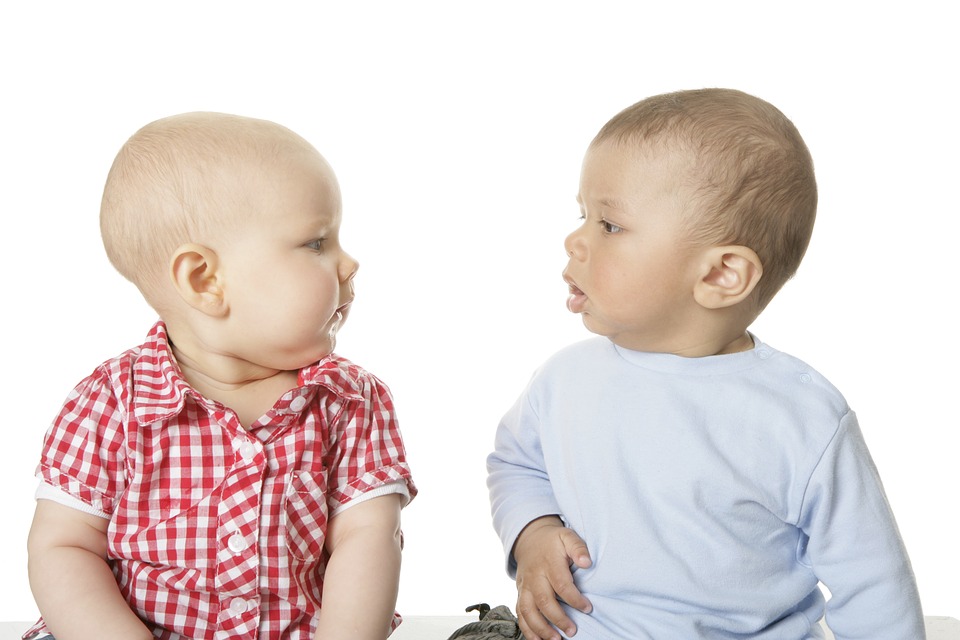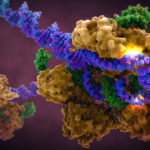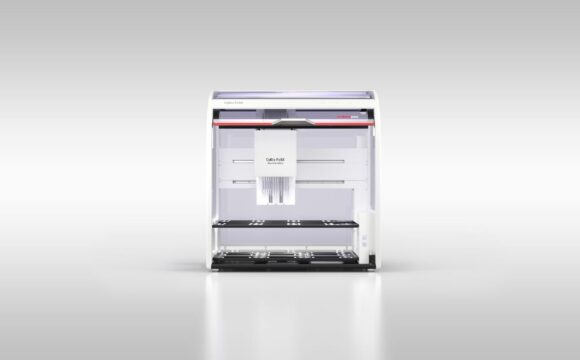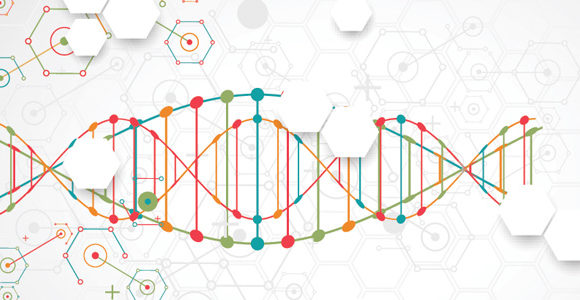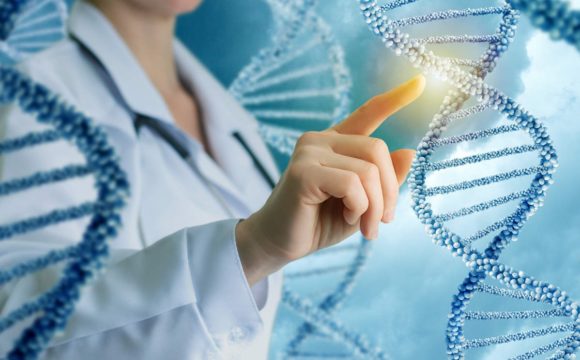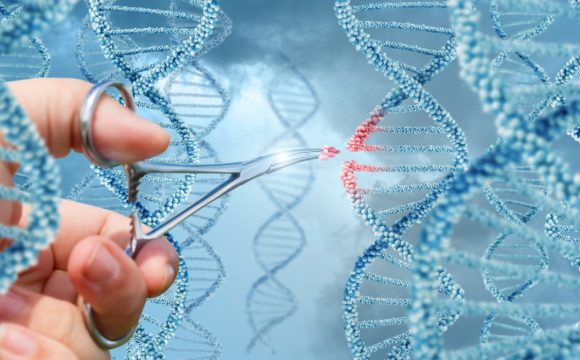Germline engineering refers to producing permanent and hereditary changes in the genome (genome editing). This, although mostly practised on nonhuman animals and under tight regulation, is perfectly possible to perform on human embryos. And with the advent of technologies like CRISPR, it becomes at least in theory increasingly easier. Not too long ago this technology was employed in China to create human embryos without the gene responsible for the potentially-fatal blood disorder β-thalassaemia (gene editing). If any such technology can be used to correct innate genetic disorders like Huntington’s disease or hereditary blindness by eliminating the responsible genes, an extension of this can also result in introducing genes (not present otherwise) which produce desired traits like those responsible for blue eyes or blond hair. In future, it may be even used to introduce skills like musical skills or innate athletic abilities. So, we may come to a point at which we are designing a ‘new life’ something which is popularly known as ‘designer babies’.
(Source: static2.businessinsider.com/image/56392539bd86ef135c8bbe4d-1200-1200/crispr-infographic.jpg)
While on one hand, it gives rise to tons of ethical issues it also highlights several scientific challenges. In recent times one research evidence which highlighted the potential risks of using CRISPR in germline embryogenic research was a two-page study, published on 30th of May in Nature Methods. Herein, researchers from the University of Iowa working with mice reported ‘more than 100 unintended mutations and more than 1,600 one-letter swaps in the code of DNA’. This attracted the attention of the scientific community and the media as it challenged the fidelity of CRISPR. However, things are not as smooth as it seems. Another study from Harvard University and the Massachusetts Institute of Technology claim that the mice carrying the mutation were more closely related to each other than they were to the untreated control mouse. It is therefore likely that the treated mice shared those mutations even before the CRISPR treatment began. It also pointed out that the location of the mutations in the mice genes did not align with CRISPR being responsible. ‘This is a worrying trend from “high impact” journals to promote the hype over good science.’ said Gaetan Burgio, a geneticist from the Australian National University (as reported in the dailymail.co.uk on 11th of July 2017)
The original papers had raised concerns that CRISPR could introduce multiple unwarranted mutations in the designer babies. Meaning while one may want to introduce a set of traits there may be a list of other traits which get compromised unintentionally and inadvertently. Like a designer baby with high intelligence may have a short temper! But the rebuttal makes it clear that CRISPR is not to fear. That it is not a mutation introducing machinery. Well, at least for now as, it is equally important to also keep in mind that no one has yet published work on using CRISPR to correct genes in animal models of the disease condition. The new technology is yet to see a robust success but this in no way means to doubt its ability based on results which eventually lose their merits.
Reference:
Kellie A Schaefer, Wen-Hsuan Wu, Diana F Colgan, Stephen H Tsang, Alexander G Bassuk and Vinit B Mahajan Unexpected mutations after CRISPR–Cas9 editing in vivo Nature Methods 30 May 2017



